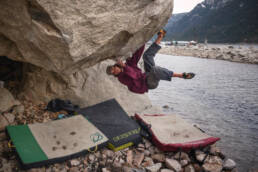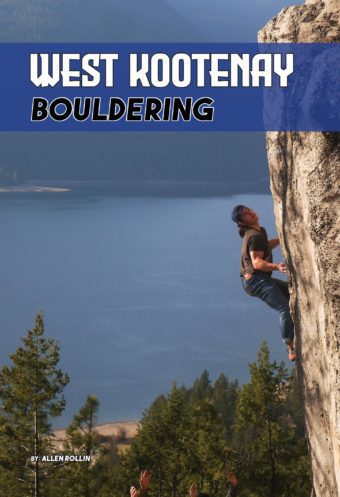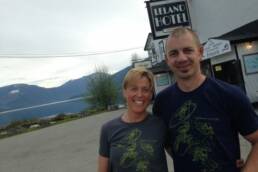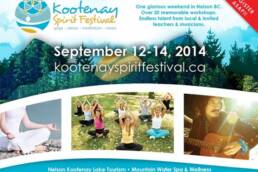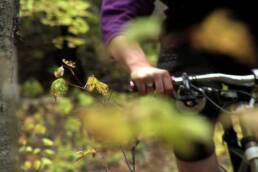On the heels of the announcement that Ladybird Creek Bouldering area in the Slocan Valley is now a BC Recreation Site, we take a look at the local scene and why the West Kootenay region is becoming a popular bouldering destination.
This past summer the Ladybird Creek bouldering area located off Pass Creek Road in the Slocan Valley became the first BC Recreation Site in the region created for the purpose of protecting a rock climbing area. There are now three forested walk-in campsites there, a new outhouse, a kiosk, and signage for the over 100 problems strewn throughout the Ladybird Creek valley. With the creation of the rec site and the release of the new West Kootenay Bouldering guide, we decided to catch up with author Allen Rollin who’s been instrumental in helping establish the local bouldering scene to ask him why it’s becoming so popular.
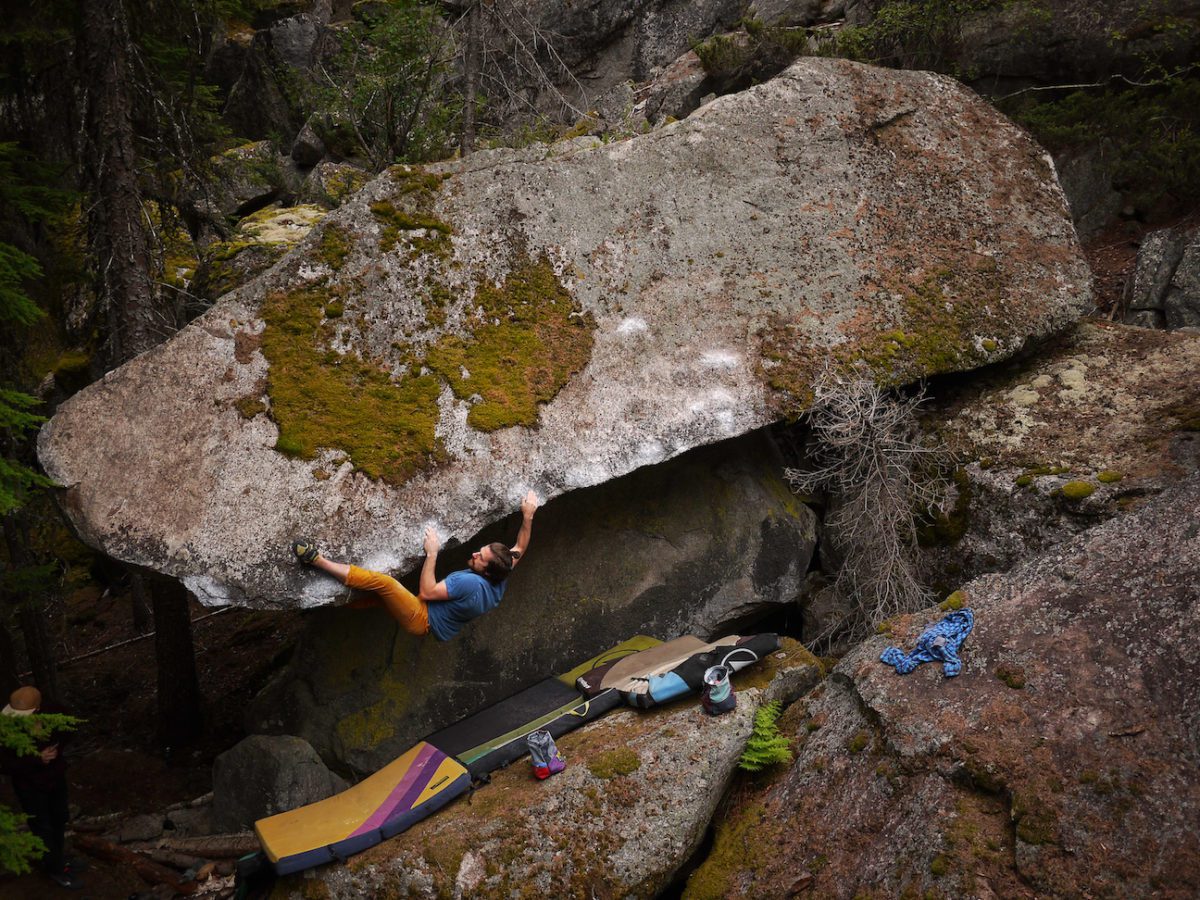
Born in Sydney, Nova Scotia and raised in Ottawa, Rollin moved to Nelson, British Columbia nine years ago and is now the facility manager at the city’s Cube Climbing Gym. His 332-page book details the thousands of bouldering problems in Castlegar, the Slocan Valley, and Nelson, many of which were
Hey Allen, congrats on the launch of the book. For those who might not know, explain what bouldering is exactly.
Bouldering is a form of climbing with no ropes for protection. You usually climb stand-alone boulders at an average of about 10 feet high (but anywhere from five to 30 feet). All you need are some shoes, chalk and a bouldering crash pad for protection. Bouldering is also very popular in indoor climbing gyms as you don’t necessarily need a partner and you can build lots of skill and strength in a low risk environment, not to mention it’s pretty fun too.
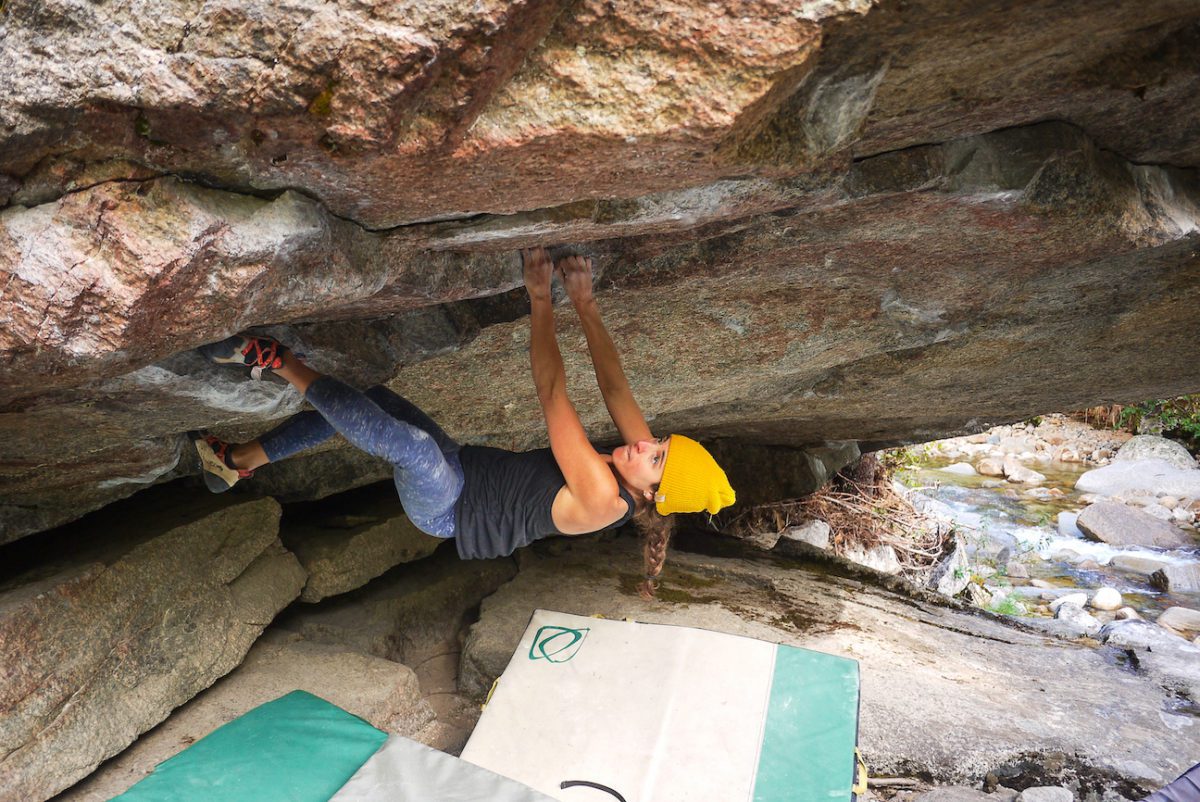
What’s the appeal?
It’s a very social form of climbing and it’s pretty low committal (most of the time). You can get a lot out of your climbing session in a very short time. It’s also great for learning how to climb harder as you can practice climbing moves above your limit and just jump off onto the pad whenever you fail. Bouldering is a great stepping-stone to more challenging rope climbing and a pure form of climbing in it’s own right.
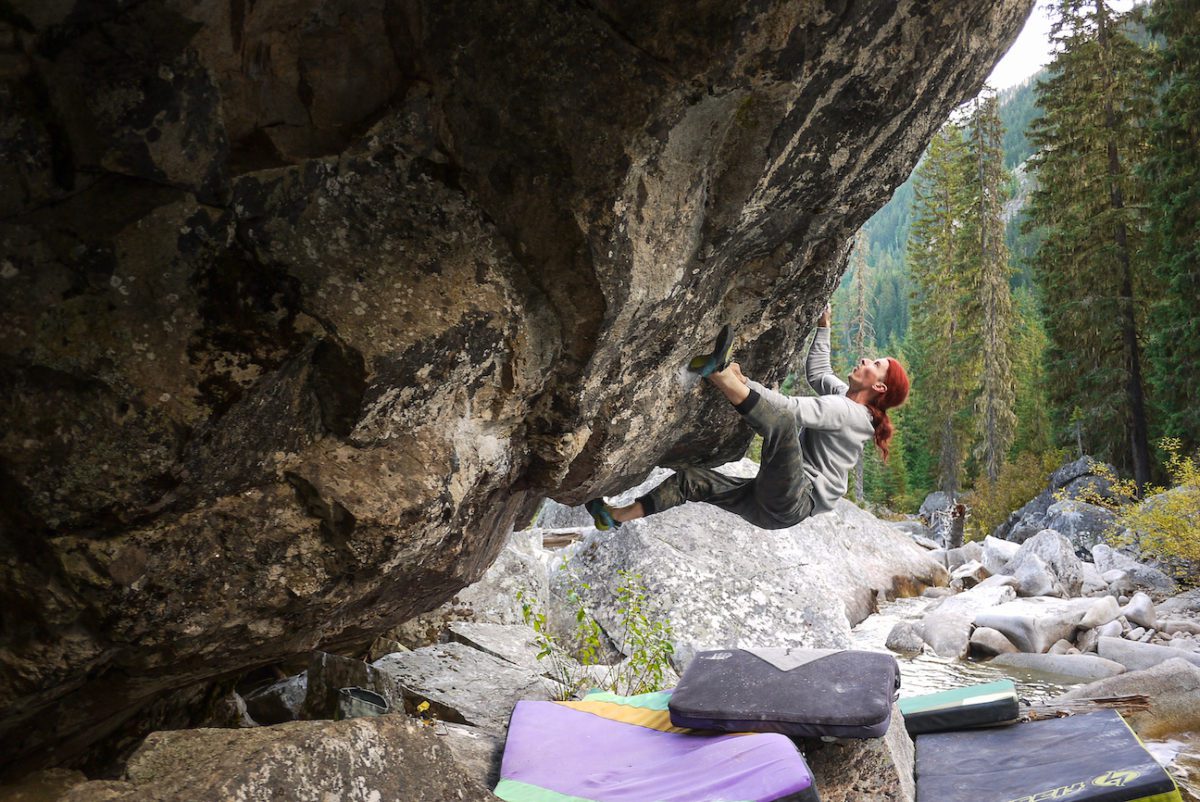
Where have you bouldered before?
I started bouldering in Quebec and Ontario and got really stoked on it in Jasper, Alberta on the beautiful Tonquin Boulder just out of town. Since then I have bouldered in Bishop, California, Joe’s Valley, Utah, Leavenworth in Washington, Squamish and have spent lots of time bouldering in the Okanagan, the Rockies, and Revelstoke.
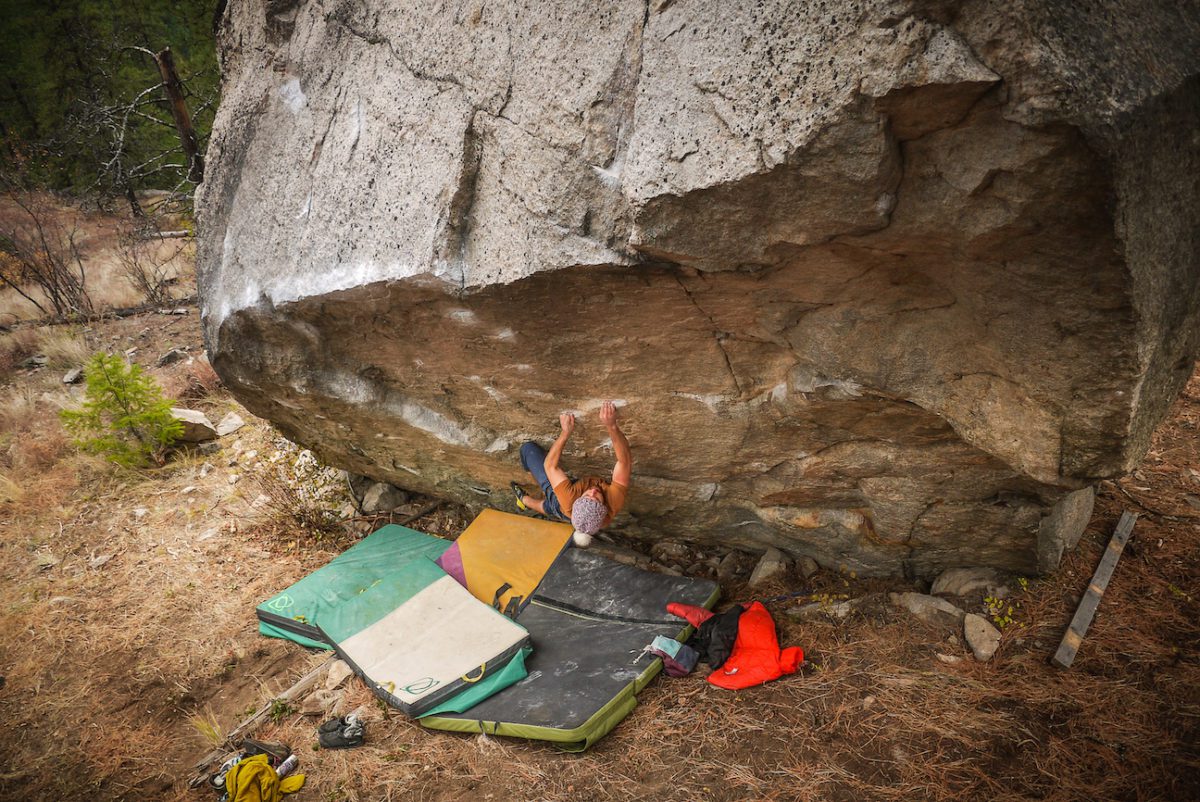
What is unique about bouldering in the West Kootenay?
I would say the diversity and the experience. There is literally an area for every season (sometimes even in mid-winter). A part of the bouldering experience in the West Kootenay is moving from area to area as the seasons change and with that brings a different rock type and unique location. Also, almost all of the bouldering areas are in the vicinity of a beautiful body of water and located in a wonderful setting.

When did the scene really take off here?
It’s been about eight years now that the real bulk of development started and there were only a few of us developing the most obvious stuff. Since then Nic Williams, Andrew Osnach, Liam Barnes, others and myself have unearthed 1,300 problems and counting. I think with the release of the guidebook the scene is just starting to blossom.
What’s the future for the local bouldering scene?
Climbers from all over Canada and the US are starting to see how good the bouldering really is around here and I don’t doubt that in the near future we will start to see many more visiting climbers. Lots of efforts have been taken to build sustainable and well-signed trails, encourage environmental stewardship and make the experience as user friendly as possible as we will likely see a lot more people recreating in these amazing bouldering areas. My hope is that folks in the West Kootenay will continue to see bouldering as a positive thing, a benefit to local recreation, economy and the environment and not simply an impact.
For more about the West Kootenay Bouldering guide, visit westkootenaybouldering.ca.
Related Stories
New West Kootenay Backcountry Guide
The first of it's kind for the region, the newly minted West Kootenay Touring Guide provides backcountry riders with…
Kootenay Sufferfest
What tastes so good in there? We are stoked to announce that Kaslo Sufferfest kicks off this weekend, with record…
Kootenay Spirit Festival
It's time to get in touch with your spiritual side, Kootenays. Buy tickets to the Kootenay Spirit Festival now.
These Kootenay Ukuleles Are Made From Old Skateboards
The Board Ukulele Company in Blewett, British Columbia, is making electric instruments from old skateboard decks. Now…
Why You Tour Contest
This has nothing to do with our magazine, other than the fact that we're big fans of CMH (Hans Gmoser is a Kootenay…
New Kootenay Bike Website
Ahhh, the wonders of Facebook. Check your news feed every once in a while and voila, one of your…


